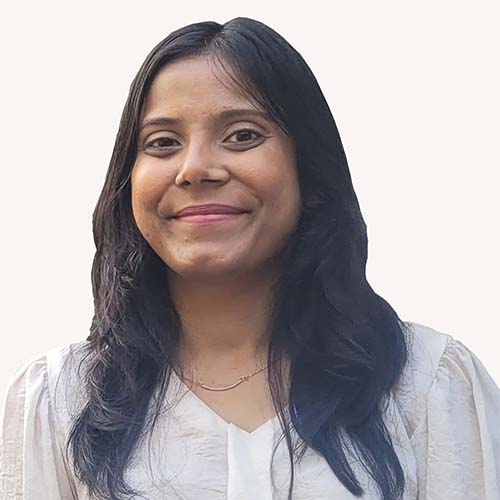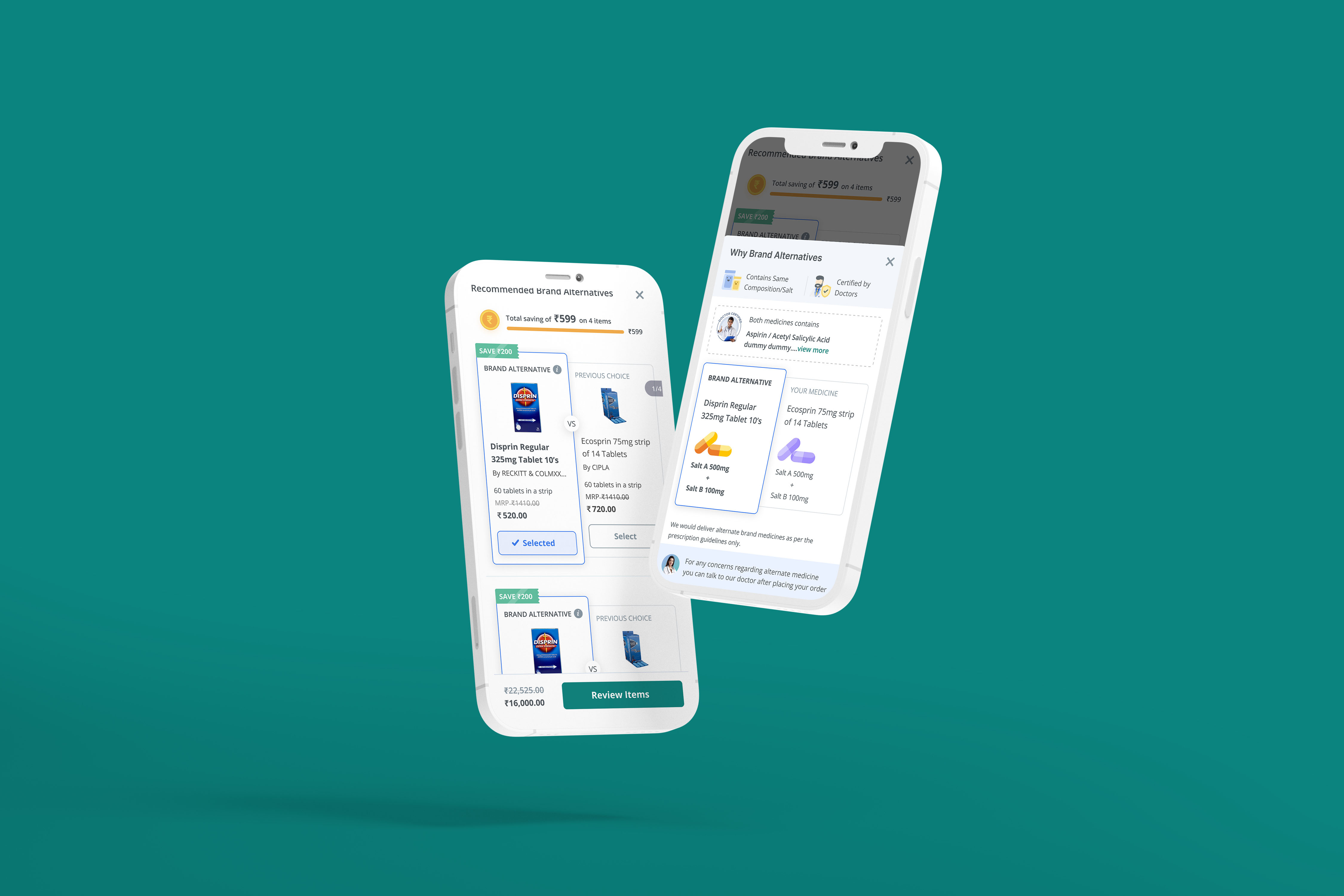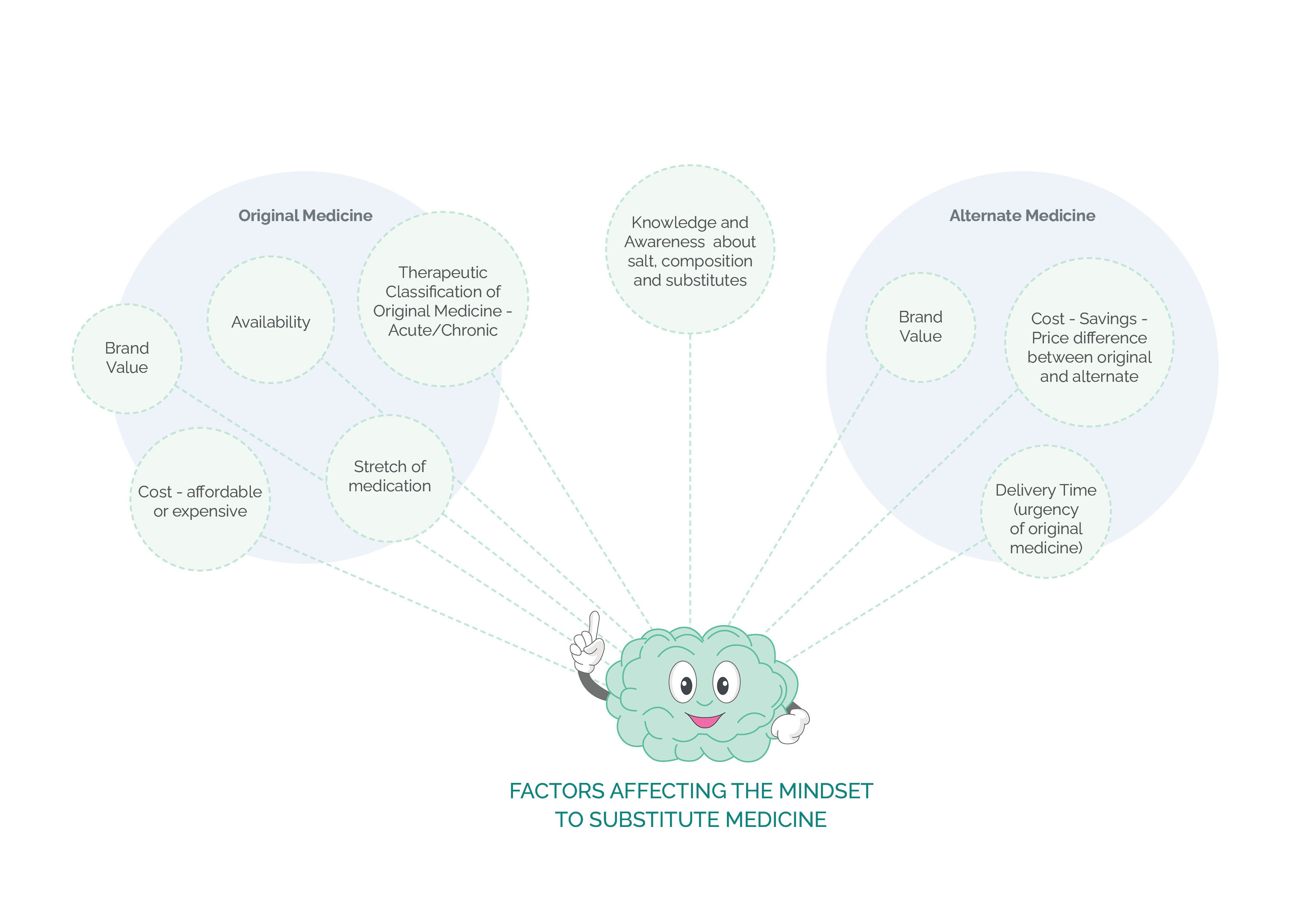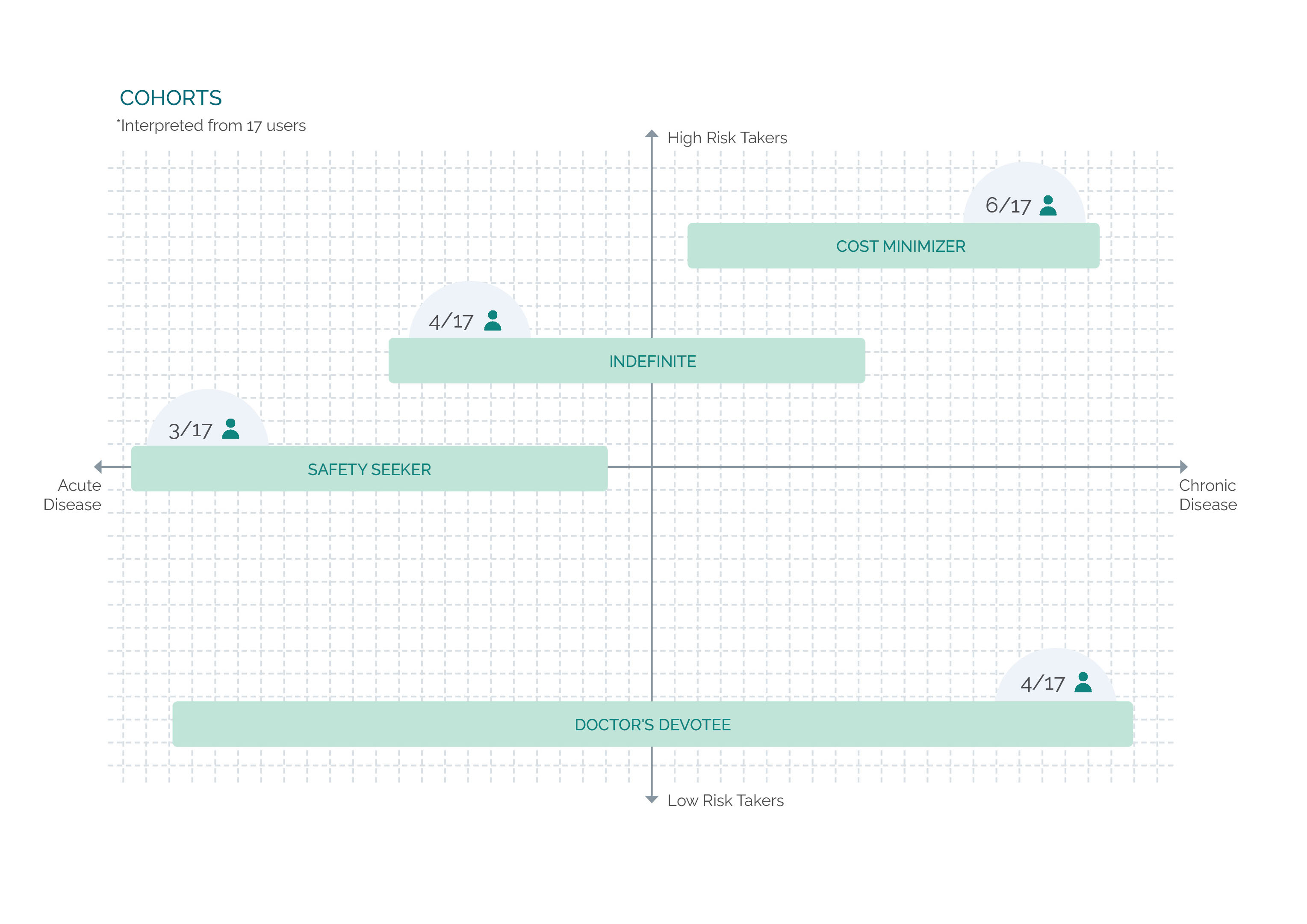
PharmEasy also sells medicine substitutes on its online platform. However, the rate of conversion from original medicine to alternate was negligible. This led to research to understand the users, their medicine purchasing behavior, their experience of the existing substitutes on the app, and their awareness about it. The research helped to learn about the different factors that affect the mindset to substitute medicine. Two major factors that emerged were Risk Factor and Therapeutic Classification of Original Medicine. Four significant cohorts were defined on a 2*2 spectrum whose axis represented these two key vectors. These were Doctor's Devotee (the lowest risk takers), Safety Seeker, Indefinite, and Cost Minimizer (the highest risk takers). Cost Minimizer knows substitutes, and they understand that changing to alternate medicines won't affect them. They think of savings and change their medicine whenever required, even for chronic diseases. The design brief was made for serving this cohort, i.e., Cost Minimizer. The idea was to design a new experience as an extension to the current features to optimize the savings for Cost Minimizer during checkout at the cart and provide them with more value for their money. In the end, the solution was Savings Cart, a cart different from the usual cart. Savings Cart helps compare original and alternate medicine side by side to decide better from the two options available. Once an alternate medicine is selected, it shows the savings in the total cart value through the Savings meter. And finally, after making the desired changes, the user can update the cart, bringing them back to the original cart with substitute medicines. Hence, this cohort can increase conversion by focusing on the total cart's savings.


